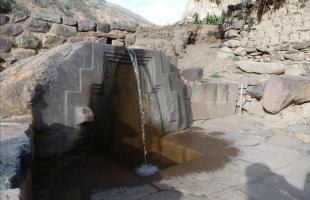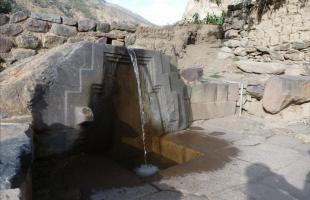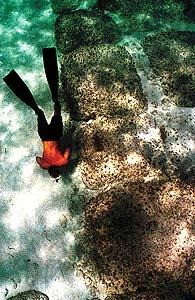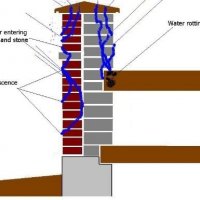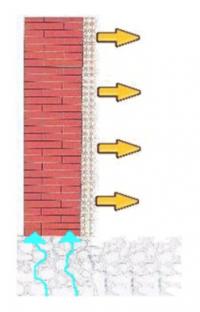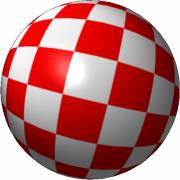The cyclopean walls of Ollantaytambo

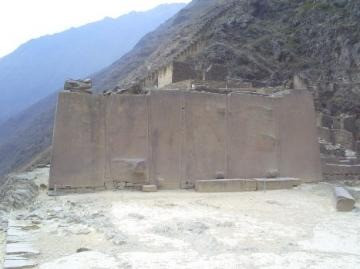
Ollantaytambo is a town located about 90 kilometers from Cusco, near the Vilcanota River, which, further down, is called the Urubamba River.
The town is located 2750 meters above sea level. Shortly after its modern part, there is the archaeological center, located on the side of the mountain. According to toponymy, the word Ollantaytambo is made up of two parts: Ollantay derives from the Aymara and means “to observe, to look from above,” while the word “tambo” means “lodge or place of rest” in Quechua.
Therefore, the name Ollantaytambo can be translated as “resting place where you can see and observe from above.”
Traditional archeology places the origin of the ancient citadel in the civilization of the Incas. When touring the archaeological site, you can see, in principle, a series of retaining walls that served to retain the land used for growing potatoes, quinoa, corn and other Andean cereals.
At the top of the terraces is the Inca citadel with its narrow roads and walls still preserved. The elite of the city's rulers probably lived there, while the people lived further down in wooden houses with thatched roofs.
On the left side of the citadel is the most enigmatic monument of the entire complex, called the “temple of the Sun.” It is made up of six quadrangular cyclopean rocks, weighing approximately 70 tons, each of which is perfectly polished and placed next to each other with millimeter precision.
At first glance I had the feeling that the six megaliths that make up the so-called “temple of the Sun” are much older than the Inca civilization, precisely because of the different architectural style.
The quarry where the six huge stones come from is located in the other part of the valley, in a place called Kachipata, about 4 kilometers from the acropolis.
Probably, the rocks destined to make up the so-called temple of the Sun had already been partially polished and then transported using tree trunks to roll them towards the river.
The first big problem that the ancient megalithic town had to solve was the crossing of the Vilcanota River. Initially they created a canal parallel to the river, in order to divert the course of the water. Once the original riverbed dried out, they proceeded to move the rocks to the area of land before the new watercourse. Then, they diverted the water again towards the original channel of the river and thus found themselves in front of an area of dry land where they could roll the rocks over the tree trunks.
Next, they faced the most difficult part: from the bottom of the valley, the six colossal stones were transported, dragged and pushed towards the highest place: the acropolis.
How did they achieve it? Some researchers proposed that hundreds of men were used, both to push and drag them, with very thick ropes. A system similar to that used in Sacsayhuamán was probably used to ensure that the rocks did not slide into the valley: a first series of logs was placed and then a wooden board on top of it (the logs were wider than the board itself and obviously the stone). Then, on the board, another series of logs that served as a base for the rock. Every time a little progress was made, two logs were nailed perpendicularly into the ground (one per part) in order to block the structure and ensure that it did not slide into the valley.
Once the “sacred place” where these rocks were placed was reached, a thin sheet of stone was inserted between the rocks, whose function was probably to serve as a shock absorber in case of earthquakes.
The fact that other enormous partially carved stones have been found in the quarry suggests that the entire Ollantaytambo acropolis complex was never completed for reasons unknown.
The question remains as to when and why such a mysterious structure was built. Currently, no person in the world knows how to give a clear explanation as to why these six cyclopean rocks were placed in that place, fitting together perfectly.
In my opinion, the six stones that today constitute the so-called “temple of the Sun” were placed there in a very remote period, perhaps shortly after the universal flood (10,000 BC). We know that many people who lived in present-day Brazil and in the Guiana Shield headed towards the Andes precisely to escape the enormous floods. Over time, they adopted the art of modeling immense rocks in order to make them fit together perfectly with the method called “trial and error.” They took refuge in the upper part of the mountains precisely to avoid further flooding, but also to easily defend themselves from possible invaders, enjoy a source of pure and fresh water and, no less important, because they felt closer to what they considered God: the Sun.
In any case, the question remains about the true function of the six megalithic rocks and why they were placed that way, one next to the other. For now we cannot give a sure answer, but only conjectures.
In any case, many scholars agree on the fact that the archaeological site of Ollantaytambo was built during several eras, so, most likely, the Incas occupied a much older place.
By the way, I transmit a part of the book “Pantiacollo” by the Peruvian researcher Carlos Neuenschwander Landa (who died in 2003 in the city of Arequipa):
Indeed, on the esplanade and in the town (of Ollantaytambo), as in the elevated parts of the terrace, you can distinguish the remains of the first culture, while in the center, forming the terraces and in the stone and brick houses. mud that splashes the slopes, the Inca architecture can be clearly seen.
When Dr. Neuenschwander Landa wrote “first culture” he was referring precisely to themegalithic culture that dominated much of the American continent immediately after the flood.
The path to be followed to fully understand the true History of the New World is still arduous, but only with the comparative study of archaeology, linguistics and genetics will it be possible, in the future, to recognize the true origins of the American man.
YURI LEVERATTO









